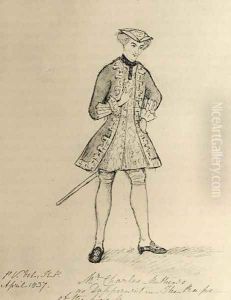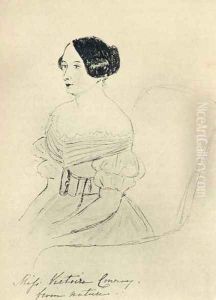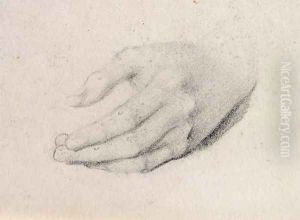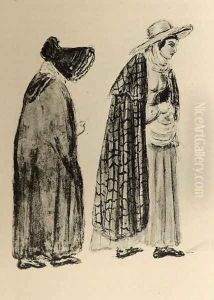Queen Victoria Paintings
Queen Victoria was not an artist in the typical sense of the word; she was the monarch of the United Kingdom of Great Britain and Ireland from June 20, 1837 until her death. Born on May 24, 1819, in Kensington Palace, London, she was the daughter of the Duke of Kent and Strathearn, the fourth son of King George III. Upon the death of her uncle, King William IV, she inherited the throne at the young age of 18. Her reign lasted for 63 years and seven months, a period known as the Victorian Era, which was marked by significant industrial, cultural, political, scientific, and military changes within the United Kingdom.
Victoria married her first cousin, Prince Albert of Saxe-Coburg and Gotha, in 1840, and they had nine children. Her marriage to Prince Albert led to a long-lasting and deep partnership that influenced many of her decisions. After Albert's premature death in 1861, Victoria went into a prolonged period of mourning and withdrew from public appearances. During this time, she still maintained her duties and responsibilities as a monarch, although she did so from a more removed position.
Her reign oversaw the expansion of the British Empire to the status of the most powerful global empire, with the monarch often styled Empress of India. Victoria was the first monarch to reside at Buckingham Palace and was also the first to use the newly installed telegraph and the railway system. Her long reign saw the British monarchy’s transition from a constitutional monarchy to a more symbolic role. She was known to have a strict code of personal morality and family values, which influenced the tone of the British aristocracy and middle class during the 19th century.
Queen Victoria was a patron of the arts and was herself interested in drawing and painting from an early age, taught by her governess and encouraged in her artistic pursuits. She also had a keen interest in writing and kept detailed journals throughout her life, which provide a rich historical record of the period. Her legacy is complex; she is remembered for her role in expanding and shaping the British Empire, as well as for the cultural ethos of her time, but she was not an artist in the professional sense. Victoria's death on January 22, 1901, marked the end of an era, and her son Edward VII succeeded her, initiating the Edwardian Era.



